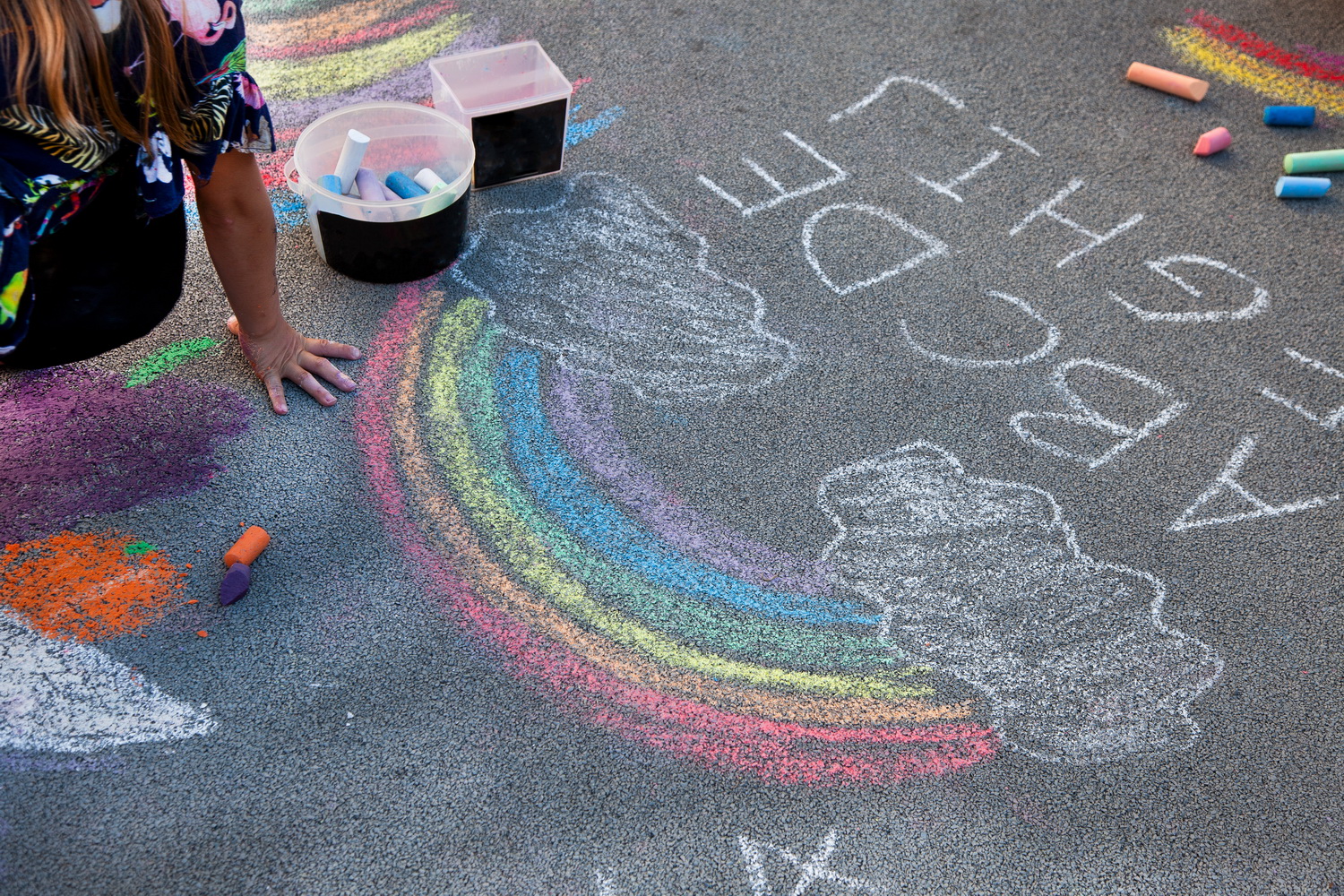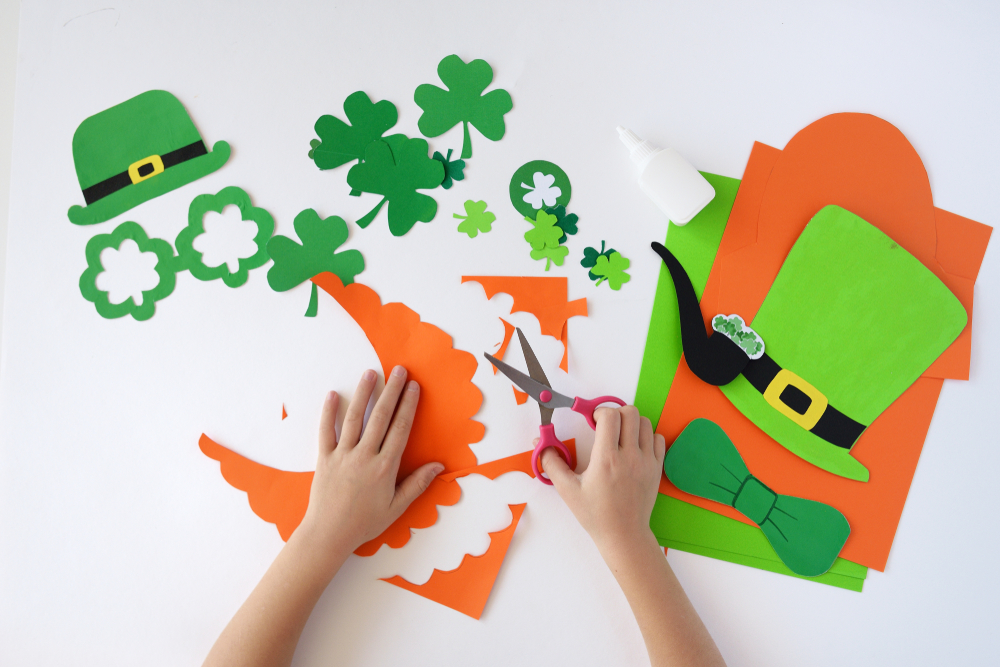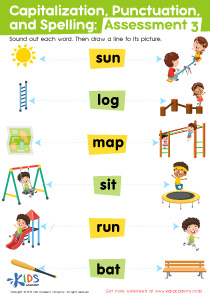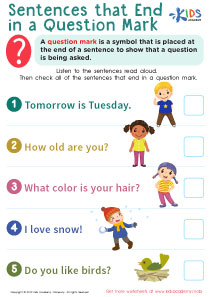Punctuation usage Writing Worksheets for Ages 4-8
3 filtered results
-
From - To
Discover our engaging Punctuation Usage Writing Worksheets designed for children ages 4-8! These interactive resources introduce young learners to the fundamentals of punctuation, helping them enhance their writing skills. Our worksheets feature fun activities that make learning enjoyable, from filling in missing punctuation marks to coloring illustrations that reinforce concepts. Suitable for home or classroom use, these worksheets encourage creativity while building essential literacy skills. With varying levels of complexity, they cater to different learning stages, ensuring that every child can master punctuation in a playful and exciting way. Equip your child with the tools for effective communication today!
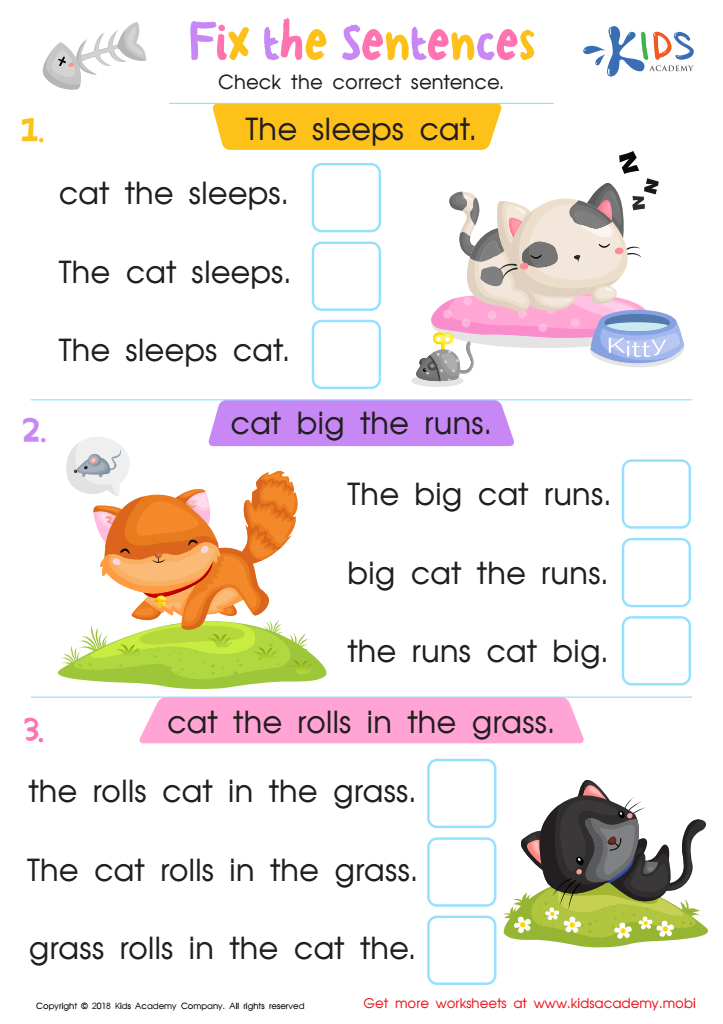

Fix the Sentences Worksheet
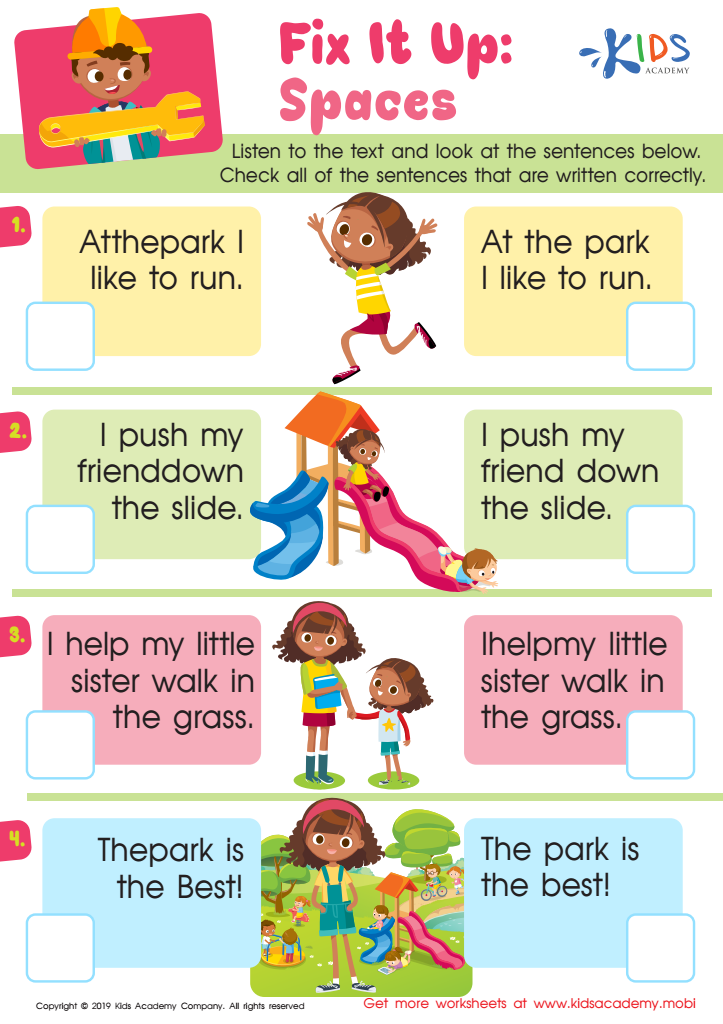

Fix Spaces Worksheet
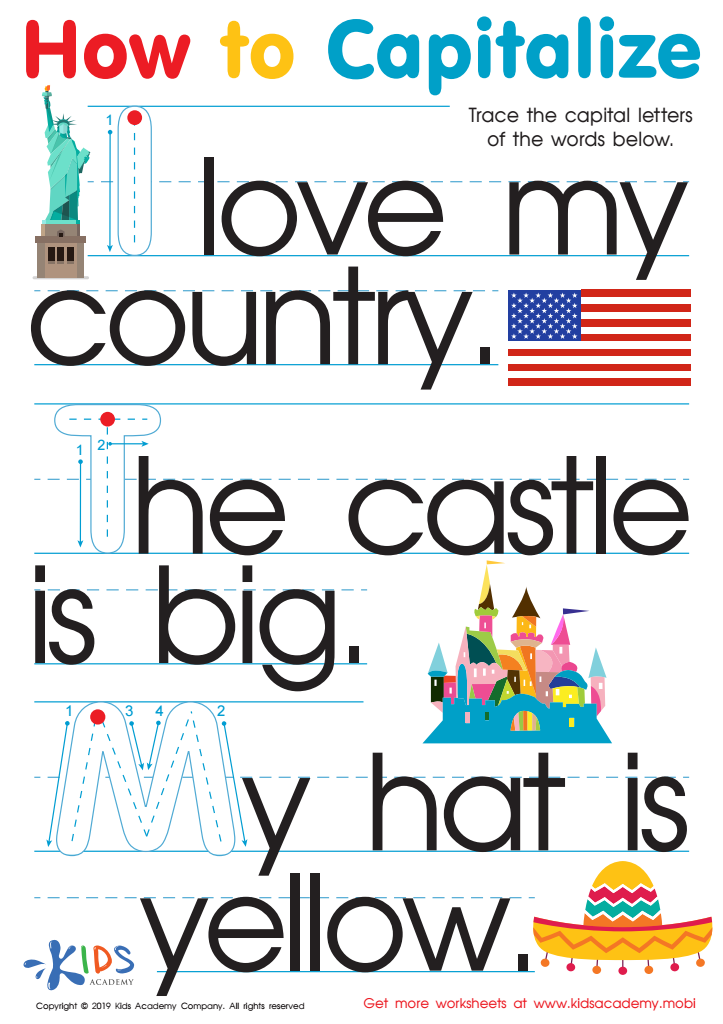

How to Capitalize Worksheet
Punctuation is essential for effective communication, especially for early readers and writers aged 4-8. Parents and teachers should care about punctuation usage because it serves as a guide to the structure and meaning of sentences. Proper punctuation helps young learners understand where sentences begin and end, making it easier for them to comprehend and convey their thoughts. For instance, periods indicate a full stop, while question marks signal an inquiry, helping children differentiate between statements and questions.
Moreover, mastering punctuation builds foundational skills for reading fluency. When children recognize punctuation, they can read aloud with appropriate expression and pauses, enhancing their enjoyment and understanding of the text. This boosts their confidence and encourages a love for reading.
Additionally, teaching punctuation fosters writing clarity. As children begin to express their ideas in written formats, proper punctuation ensures their messages are clearly articulated, reducing confusion and misinterpretation.
Incorporating punctuation into daily practice not only supports literacy development but also encourages critical thinking as children learn to organize their thoughts. By emphasizing punctuation, parents and teachers equip children with the tools they need for effective communication, both in school and beyond.
 Assign to My Students
Assign to My Students



